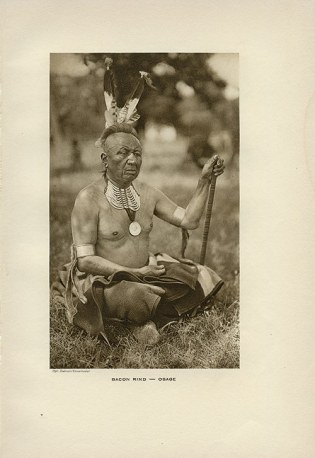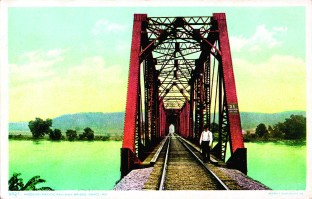Big treble hooks and heavy line are splashing into lakes and rivers of the Osage and Missouri river systems as fisherman hope to haul in some of the hatchery-raised descendants of Osage River paddlefish. The 2014 spring snagging season runs from March 15 to April 30. (find regulations at the Missouri Department of Conservation website.)
Bank fishing for paddlefish was once the norm, but today most fishermen head out in boats to troll the channels and holes. Sport fishing with treble hooks (trolling or snagging) probably doesn’t pre-date the 1950s. Several of our vintage images show a prized catch of spoonbill http://www.dammingtheosage.com/paddlefish-trophy-fish-3-snapshots-circa-1940/ from that era.
Once an abundant denizen of the Osage River, the current population is sustained by the Missouri Department of Conservation’s artificial breeding program at Blind Pony Hatchery In an interesting use of the word, each year’s ‘dump’ of fingerlings is now characterized as a ‘class’ – “the 2007 class year” of paddlefish should be large enough for legal taking this year. (just a thought … suppose the MDC does a yearbook for each class?)
In the category of “facts being lost to history,” this article from the Nevada Daily Mail, (http://www.nevadadailymail.com/story/2060915.html ) notes that “Missouri doesn’t have the long river system spoonbills need to have successful spawning …“ but fails to mention that the reason those long river systems no longer support “successful spawning” is that Truman Reservoir covered much of the Osage River, drowning prime spawning beds under flat water.
As far as we can determine, little or no research is being done to ascertain if, once released into lakes and rivers, these artificially propagated fish are reproducing in the upper or lower reaches of the Osage. Some are concerned that hatchery-spawned fish come from a few genetic lines, “leading to genetic introgression, reduced diversity and fish that have inferior responses to a wild environment.” (page 235, Damming the Osage)
Missouri Department of Conservation staff and sportswriters seem blissfully unaware that this put-and-take fishery is not a complete or long-term solution to the continued to existence of this ancient beast. Describing hatchery propagation of a species in simple minded phrases like “win-win” willfully ignores the ultimate price that will be paid genetically for the artificial generations.

















